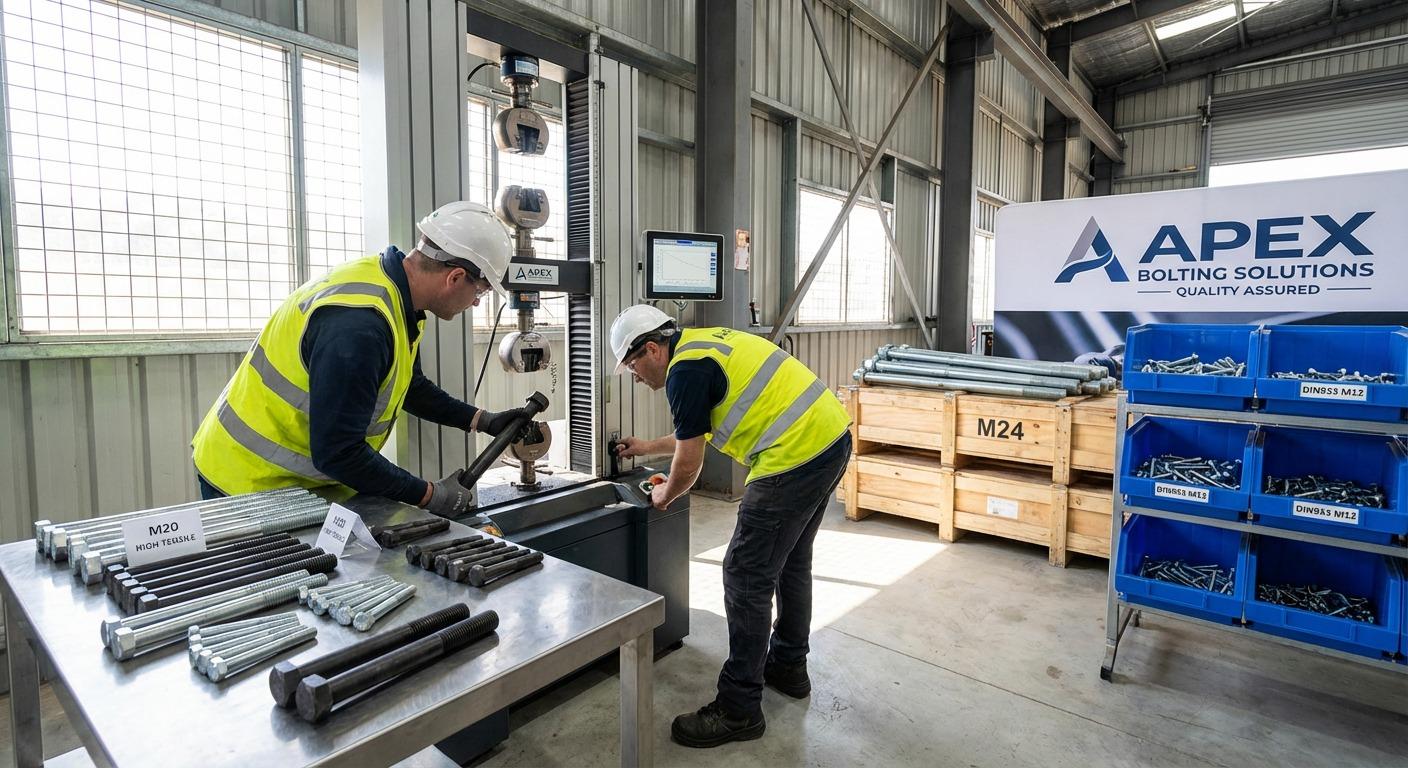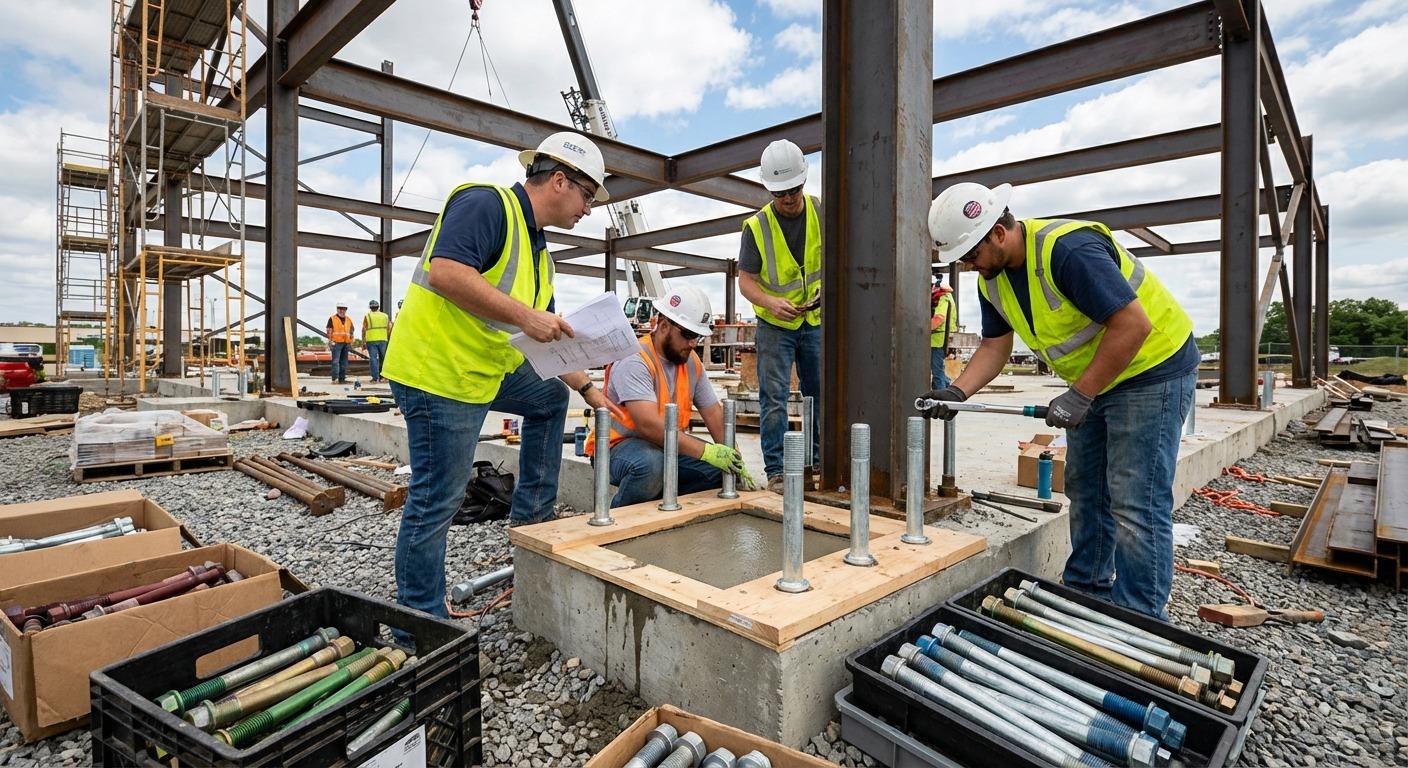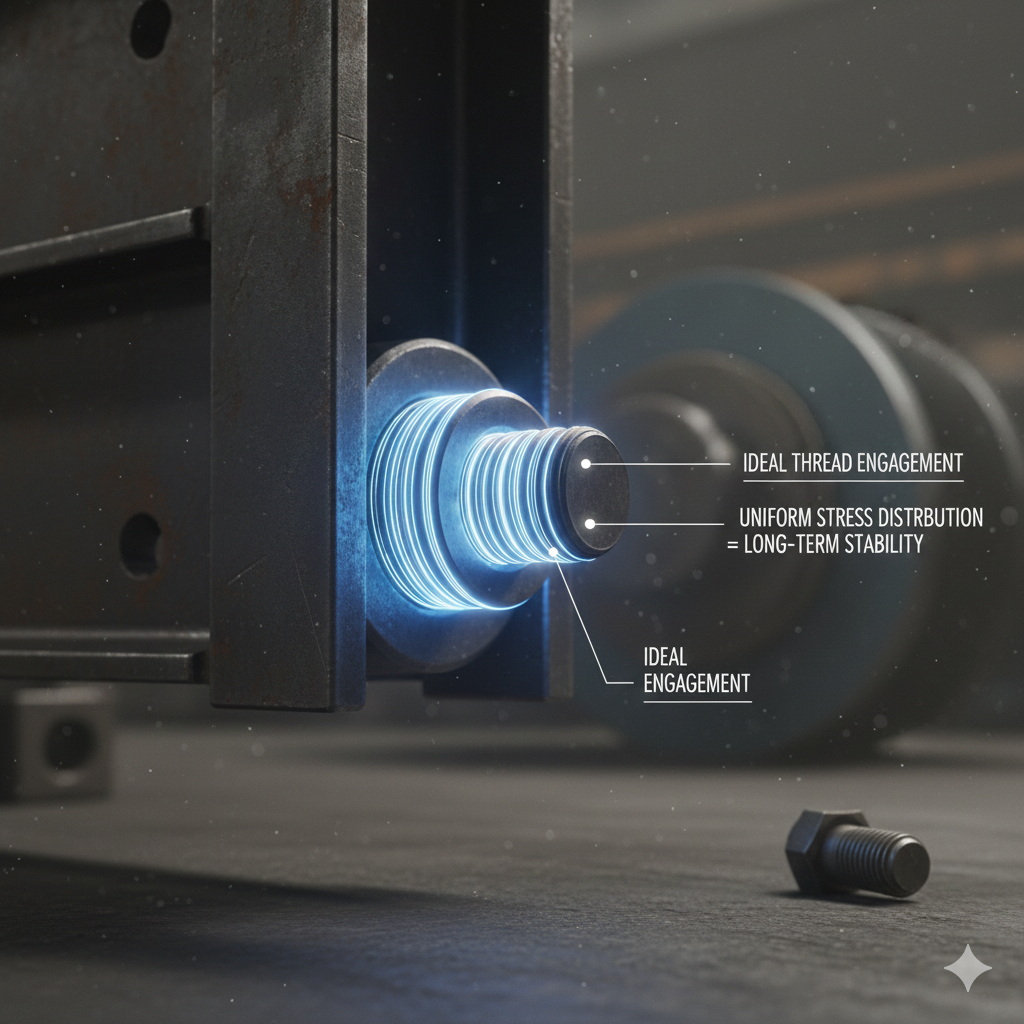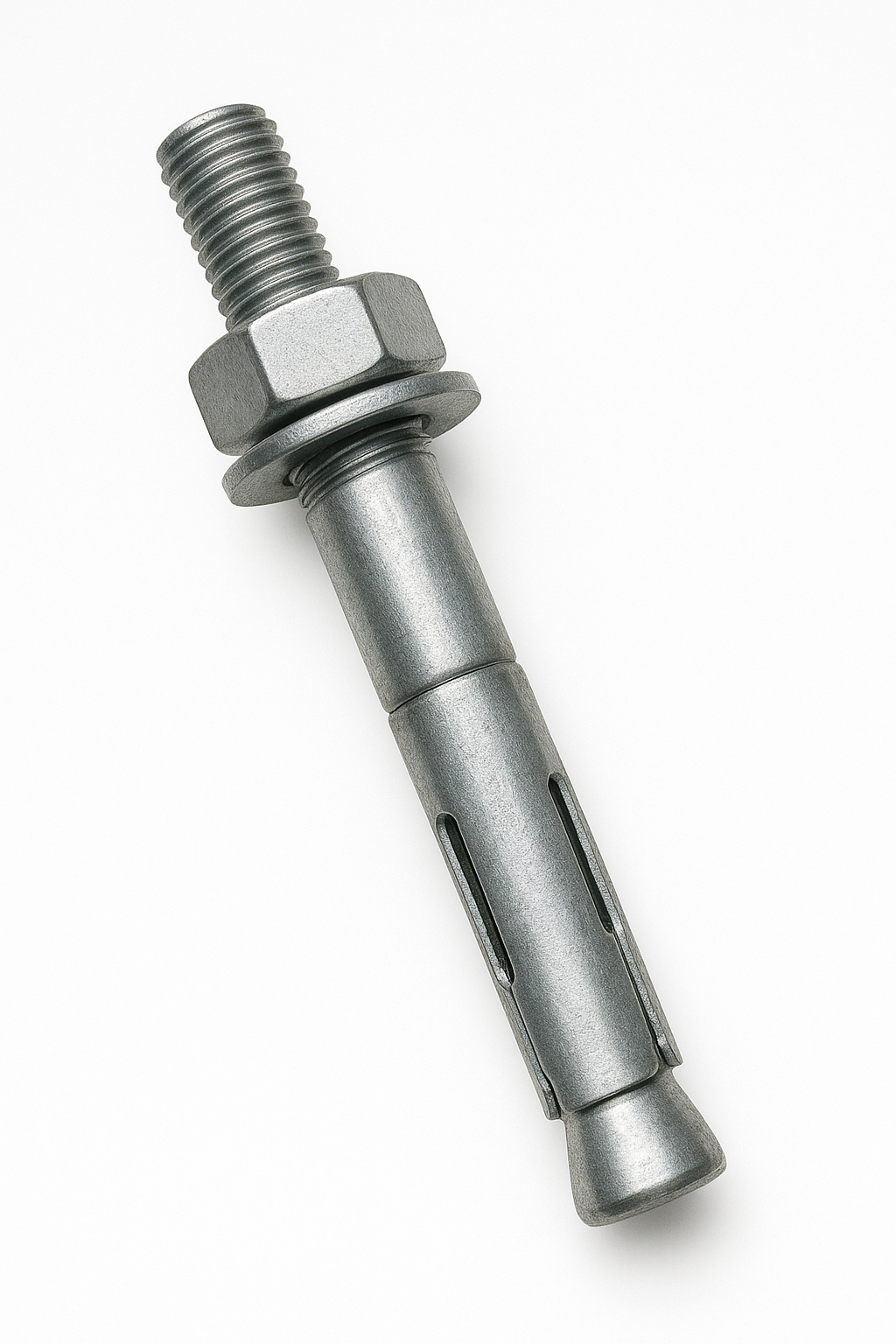The Unseen Problem with Piping and Hoses
Have you ever been bothered by a rattling pipe in the wall or worried about a vital hose in your vehicle vibrating loose? These are common problems that often stem from an overlooked component: the clamp. Securing pipes and hoses seems simple, but using the wrong type of fastener can lead to noise, damage, and eventual system failure. The vibrations from machinery, water flow, or engine operation can be destructive over time. This is where a specialized solution like a rubber pipe clamp becomes not just a preference, but a necessity for ensuring a secure, quiet, and long-lasting installation in any plumbing, automotive, or industrial application.
Why Standard Clamps Fall Short
Traditional all-metal clamps, while strong, present a significant set of challenges. When you tighten a metal clamp directly onto a pipe or hose, you create a rigid, unforgiving connection. This direct metal-to-pipe contact efficiently transfers every vibration and shock through the entire system, creating audible rattling and putting stress on fittings and connection points. Furthermore, there is a high risk of over-tightening, which can crush or deform the very conduit you are trying to secure, especially with softer materials like PVC pipes or flexible hoses. This damage can lead to leaks and system inefficiencies. In environments with dissimilar metals, these clamps can also promote galvanic corrosion, weakening both the clamp and the pipe over time and creating a serious safety hazard.
The Superior Solution: How a Clamp with Rubber Works
A clamp with rubber is engineered specifically to overcome these issues. The core of its design is a durable metal band lined with a resilient rubber cushion, often made from EPDM rubber for its excellent resistance to weathering, UV rays, and temperature fluctuations. This rubber lining is the key to its superior performance. It acts as a powerful vibration dampener, absorbing shocks and preventing them from traveling through the system. This drastically reduces noise and minimizes material fatigue. The soft cushion also protects the surface of the pipe or hose, allowing for a tight, secure grip without the risk of crushing or scratching. This makes them ideal for use as rubber hose clamps on sensitive automotive lines or delicate plumbing pipes where integrity is paramount.
Versatile Applications for Enhanced Performance
The benefits of a rubber pipe clamp make it an incredibly versatile tool across numerous industries. In the automotive world, they are essential for securing fuel lines, brake lines, and wiring harnesses, where constant engine vibration could otherwise lead to disastrous failures. For residential and commercial plumbing, using these clamps to mount pipes to joists or studs eliminates the annoying sound of water hammer and rattling. In HVAC systems, they secure refrigerant lines, protecting them from the vibrations of compressors and fans. Even in demanding marine environments, the protective rubber and often stainless-steel construction of a clamp with rubber provides a secure, corrosion-resistant mounting solution that can withstand the constant motion and harsh conditions of being at sea.
Choosing a Lasting and Reliable Fix
When faced with securing any type of pipe, tube, or hose, the choice of hardware makes all the difference between a temporary fix and a permanent, reliable solution. While a simple metal clamp might seem adequate, it introduces risks that can compromise your entire system. By investing in the thoughtful design of rubber hose clamps, you are choosing protection, noise reduction, and long-term stability. For a secure connection that protects against vibration and damage, the rubber pipe clamp is the definitive professional choice for ensuring your work is safe, quiet, and built to last.







